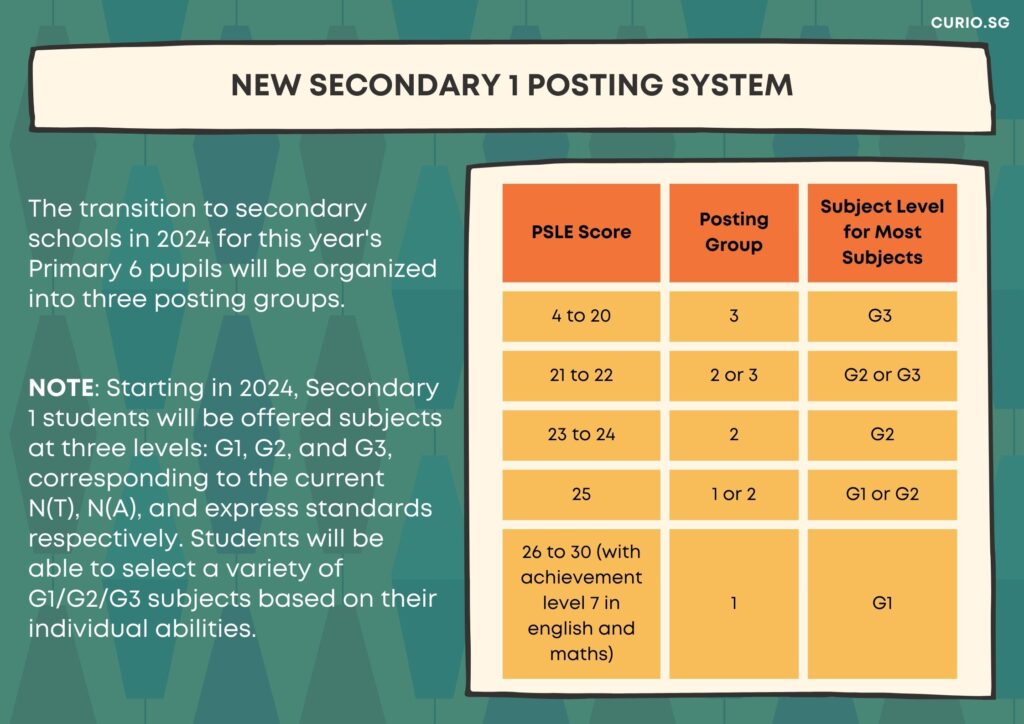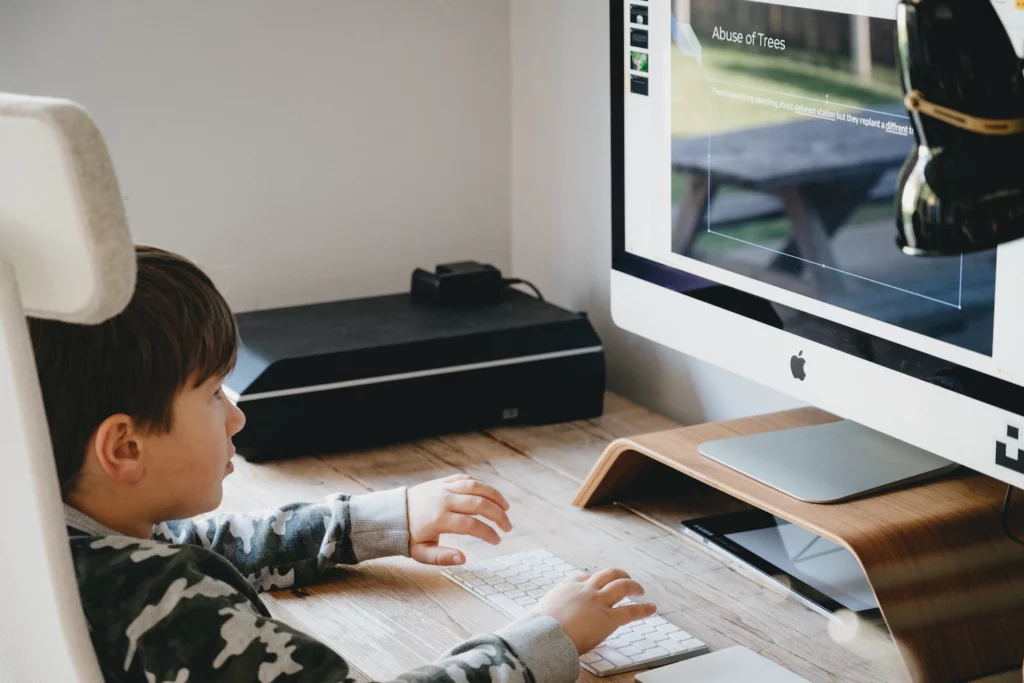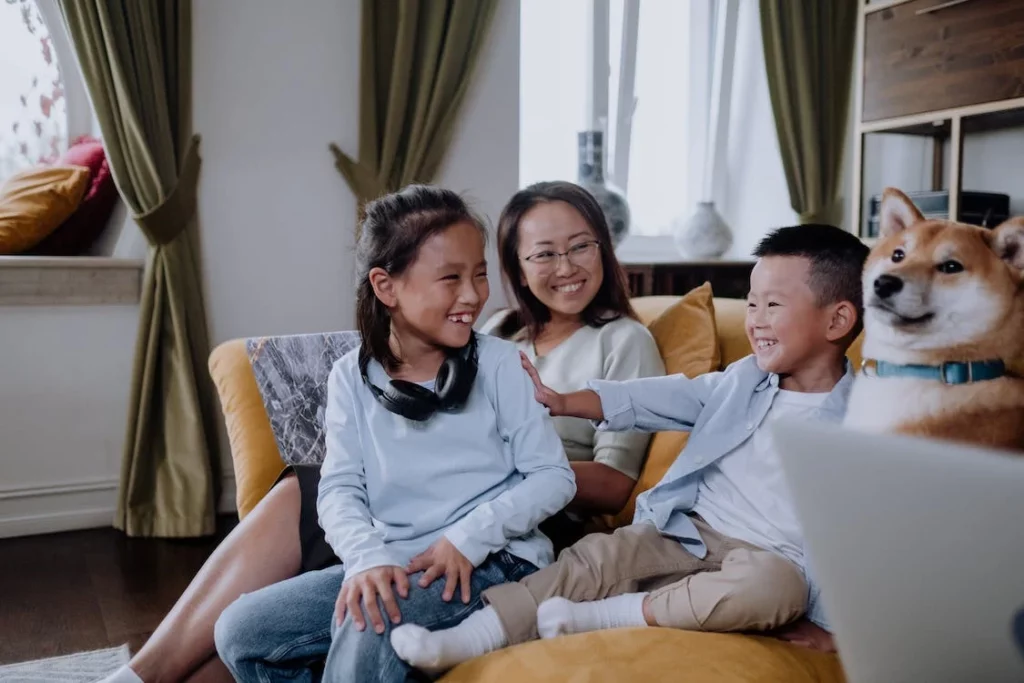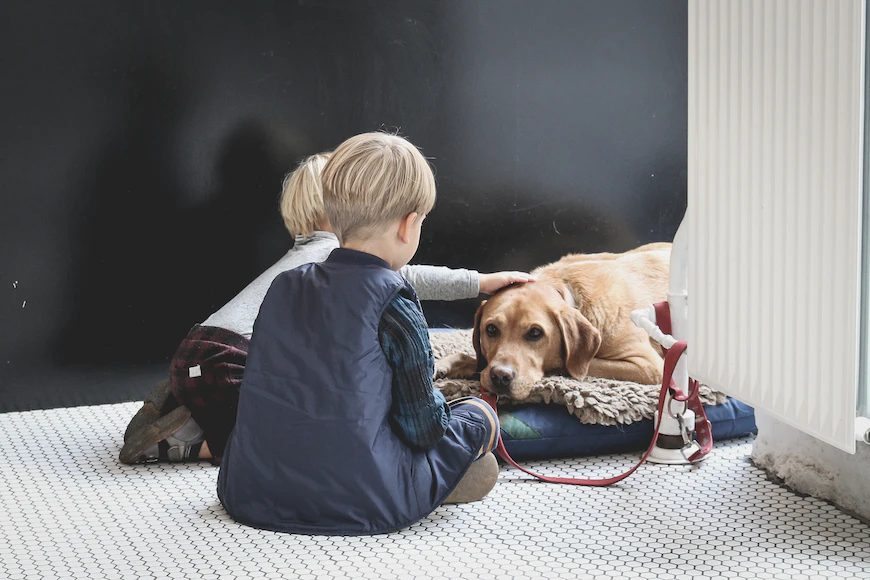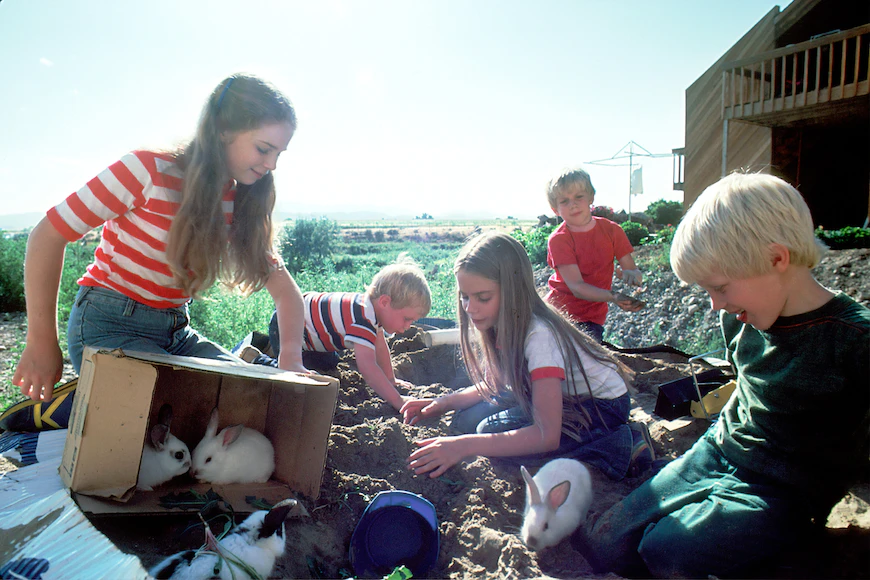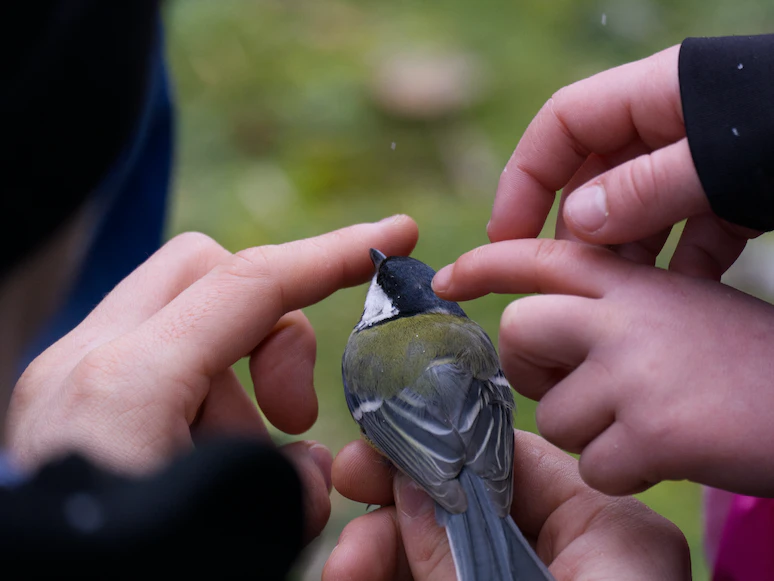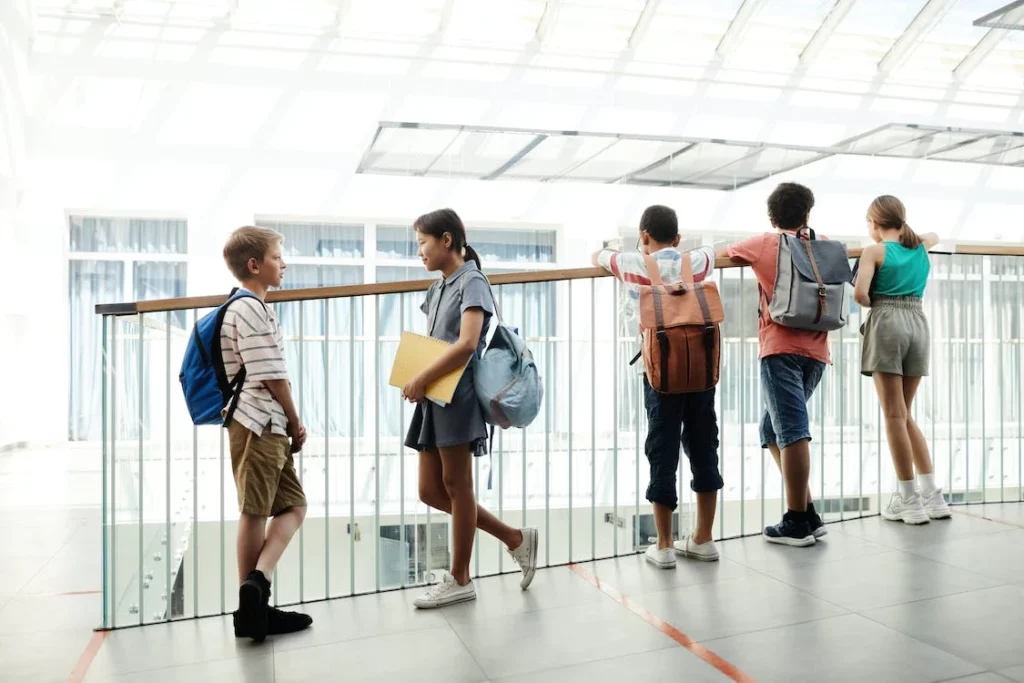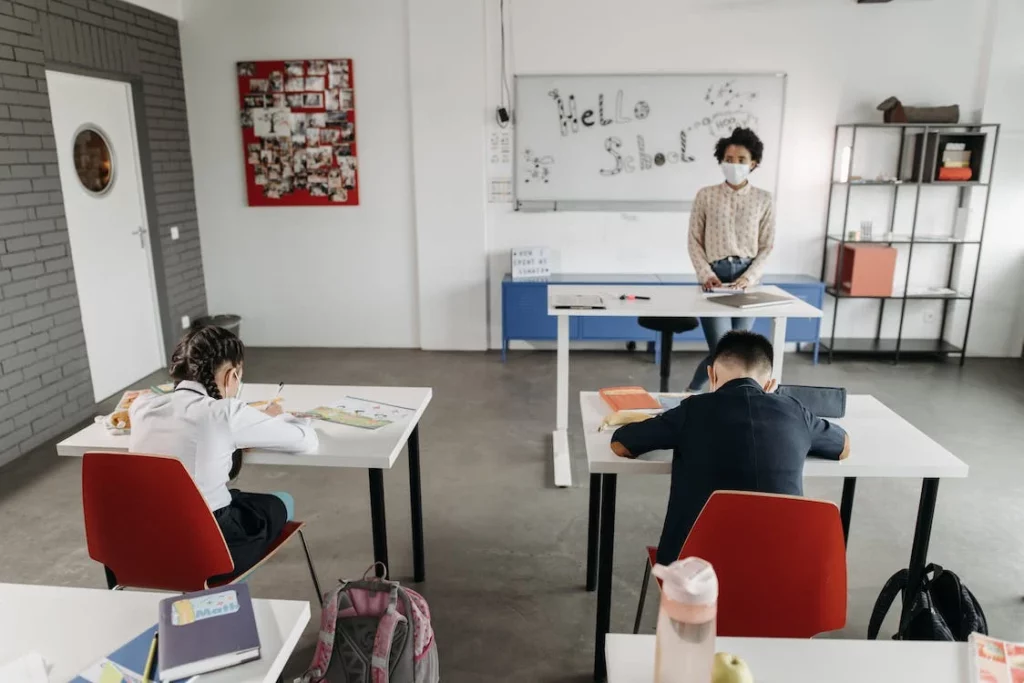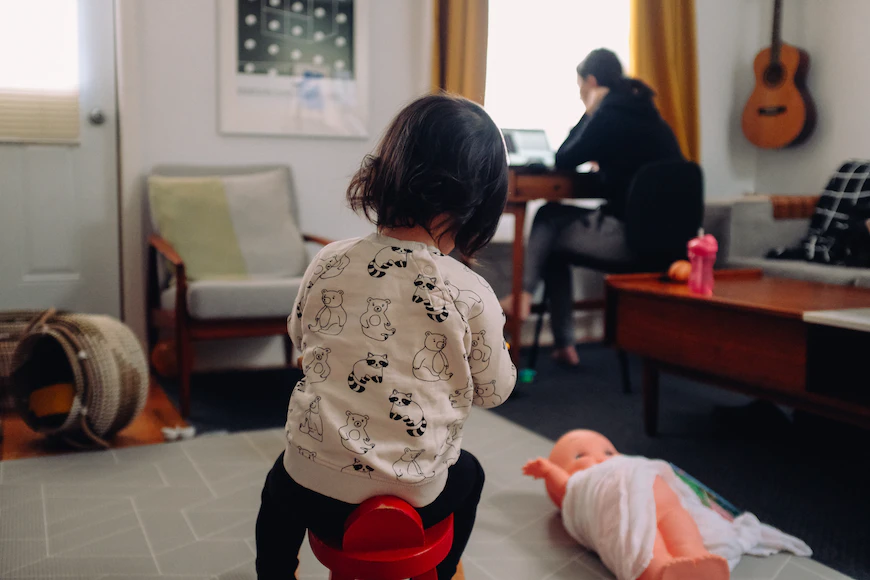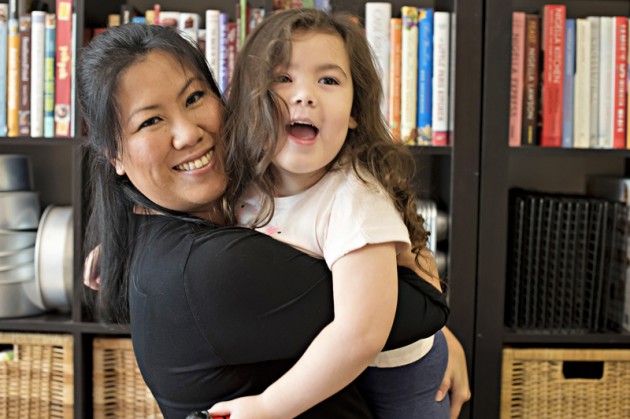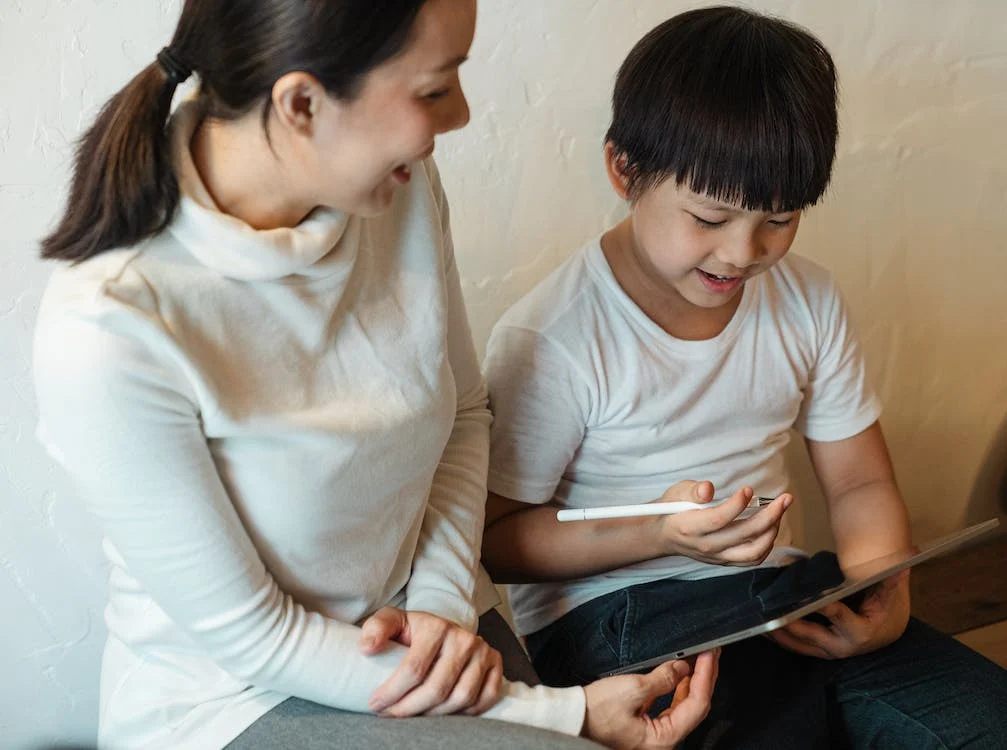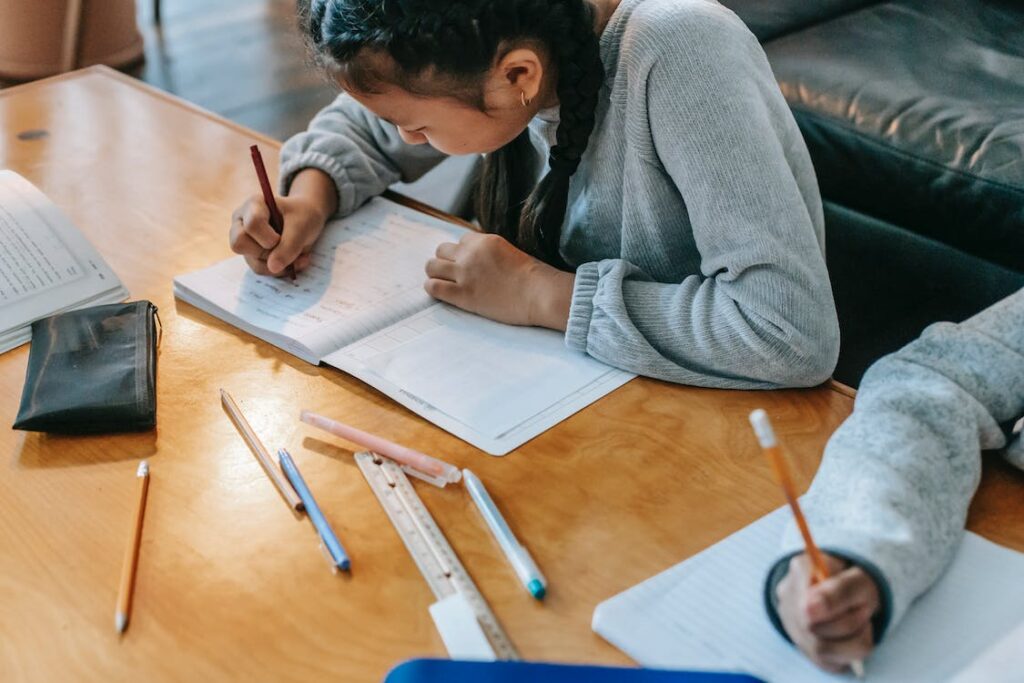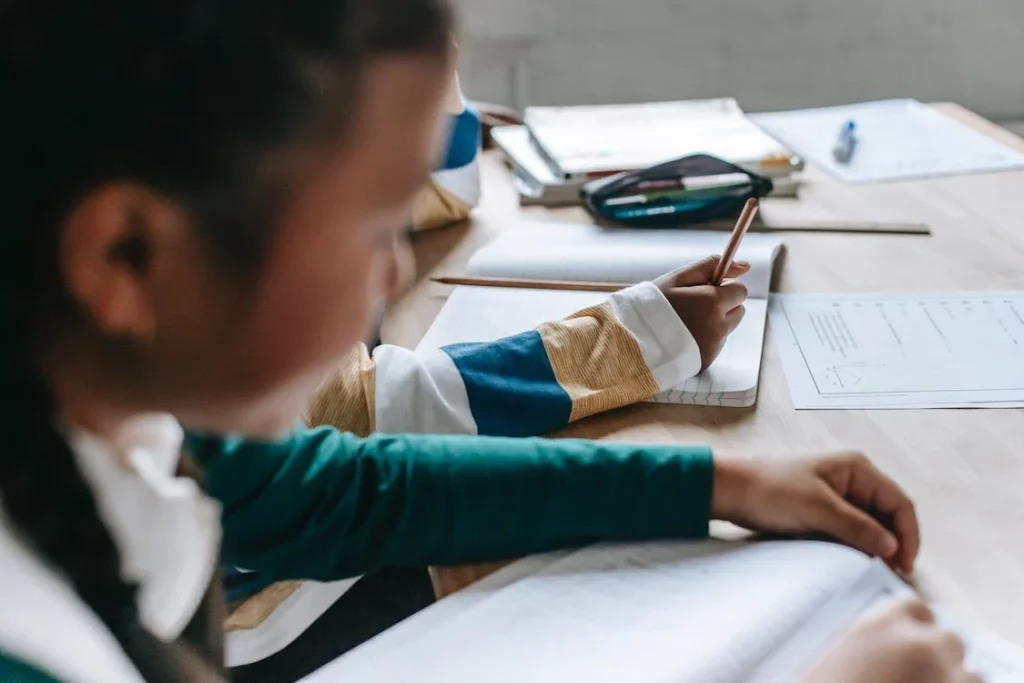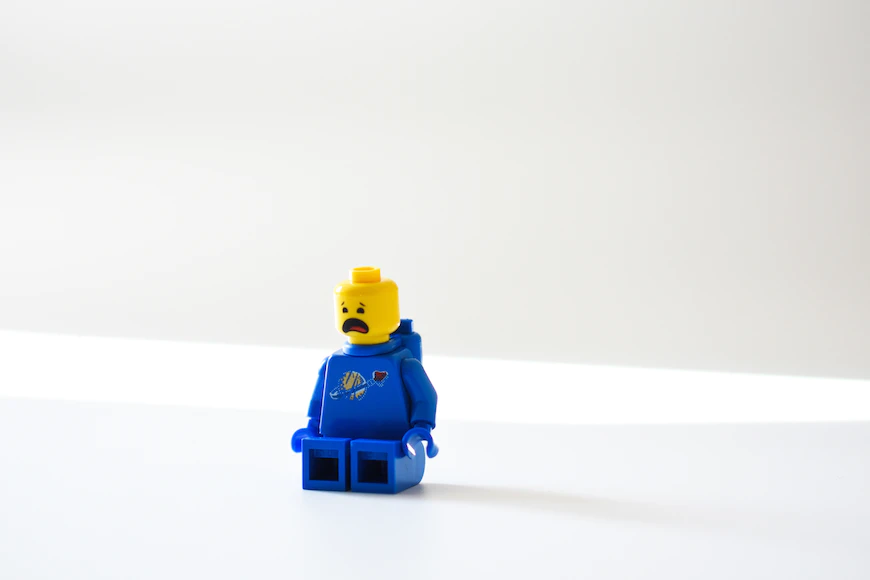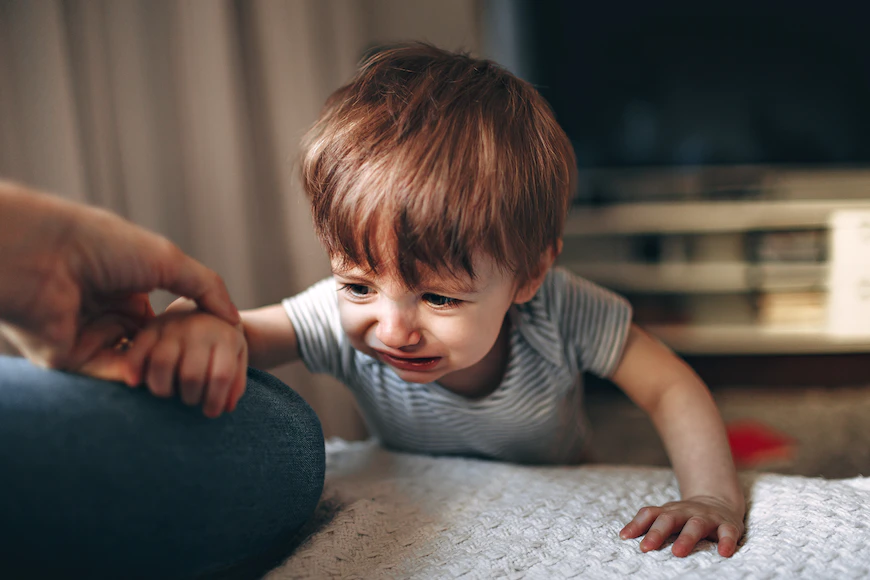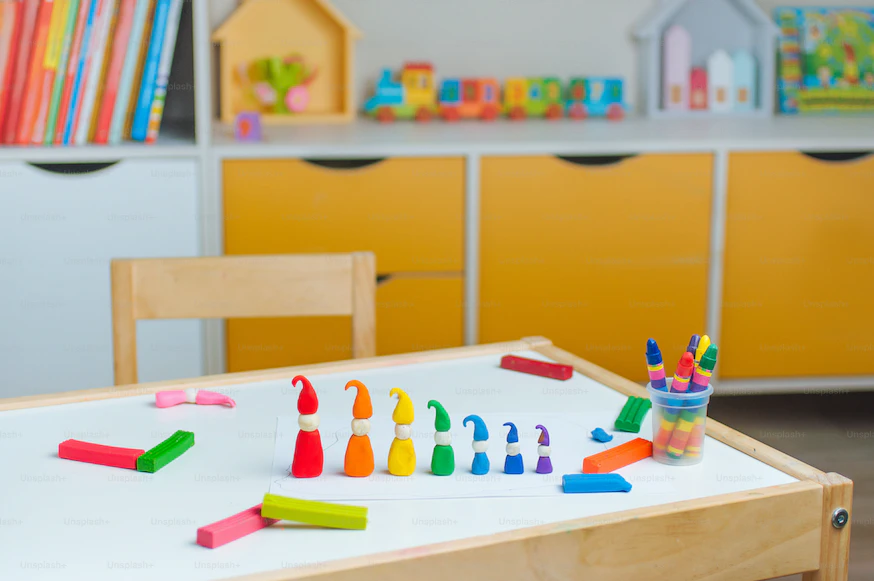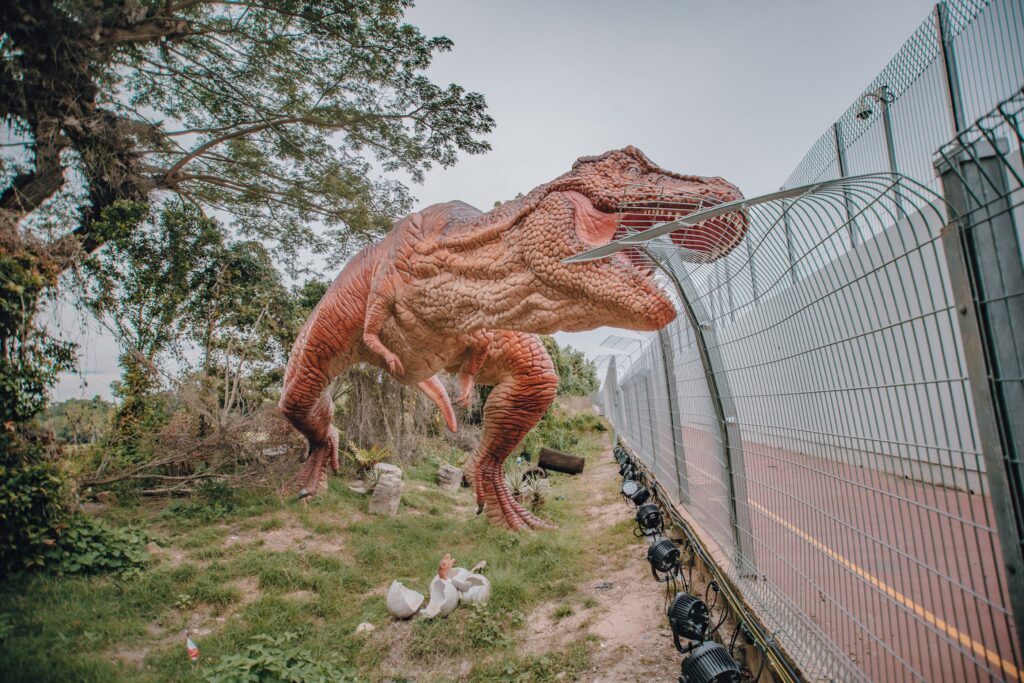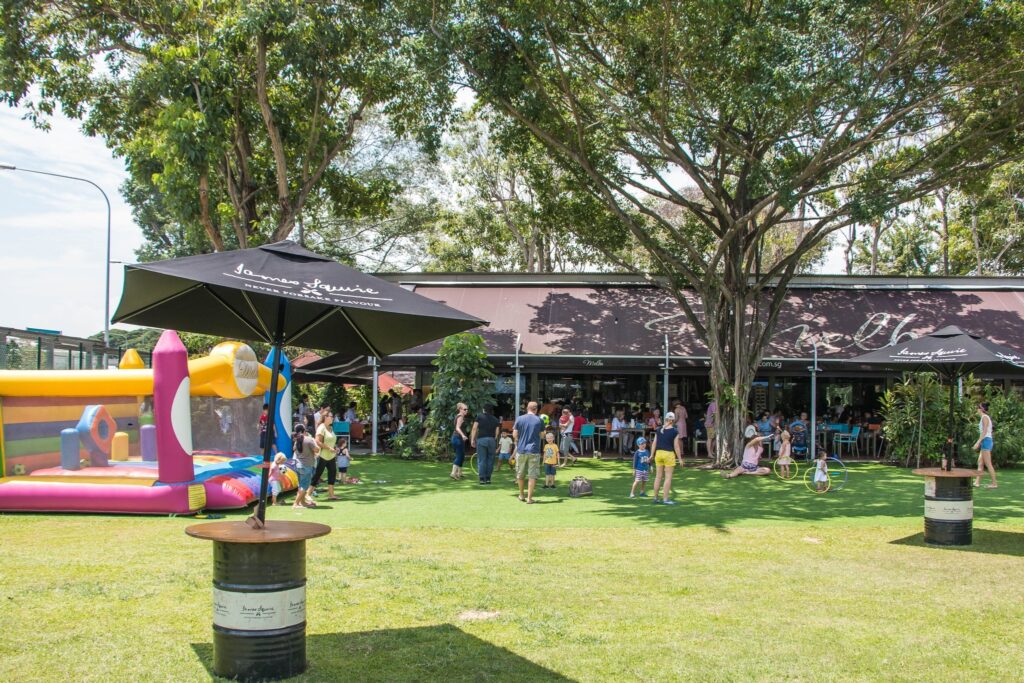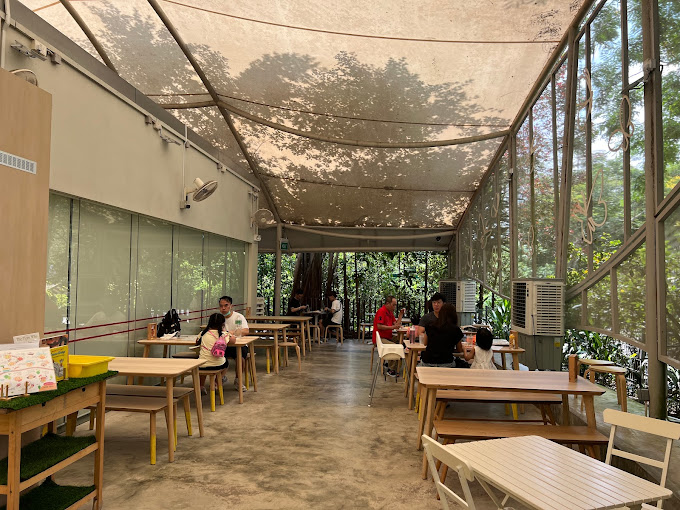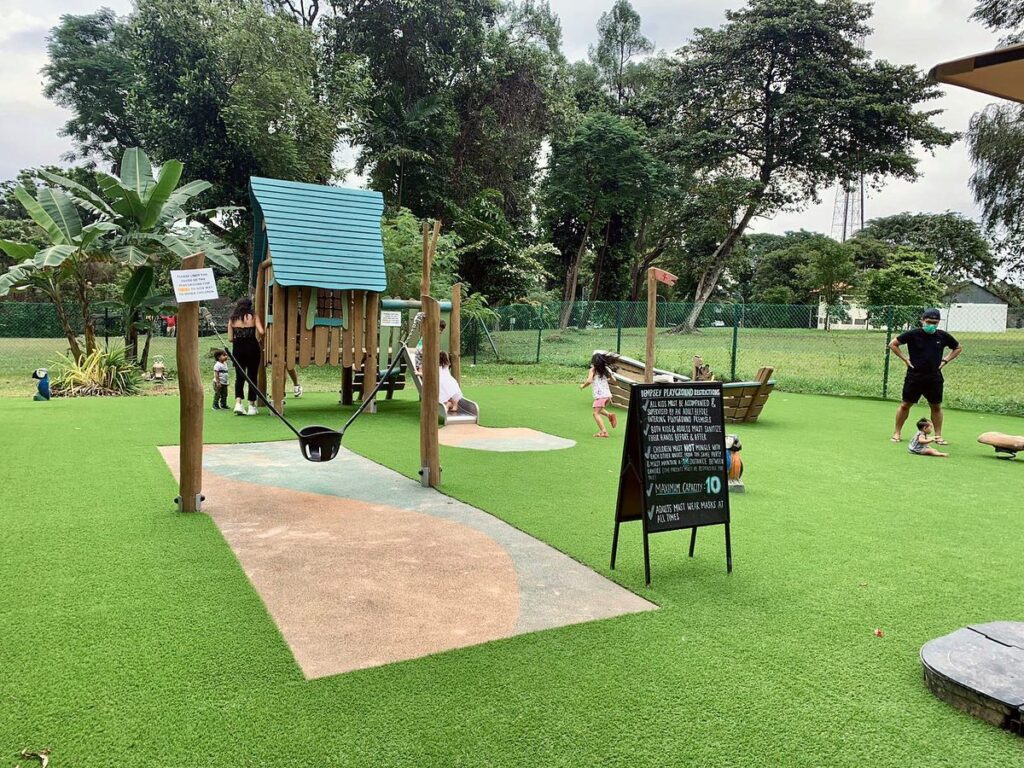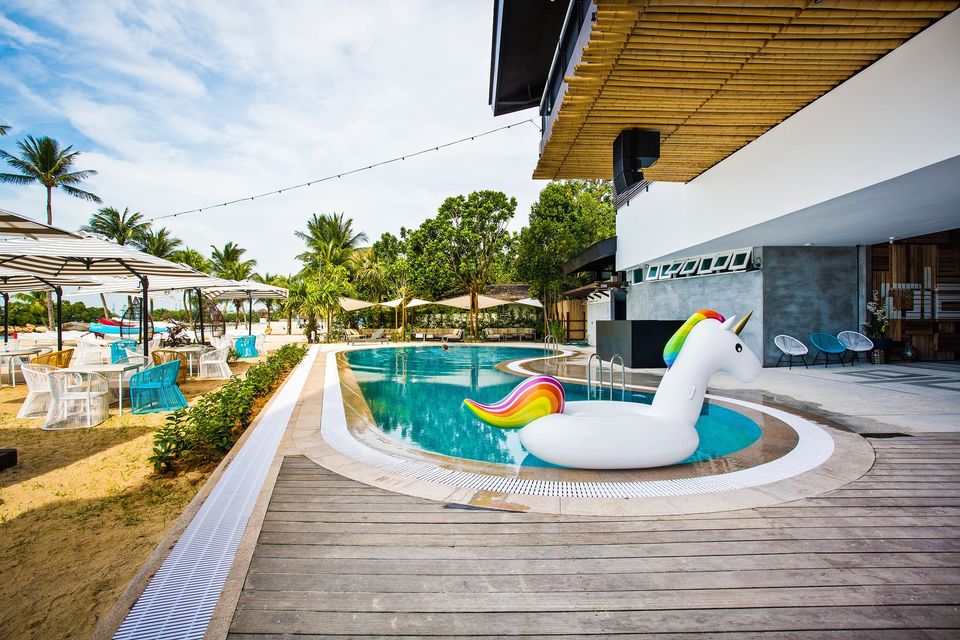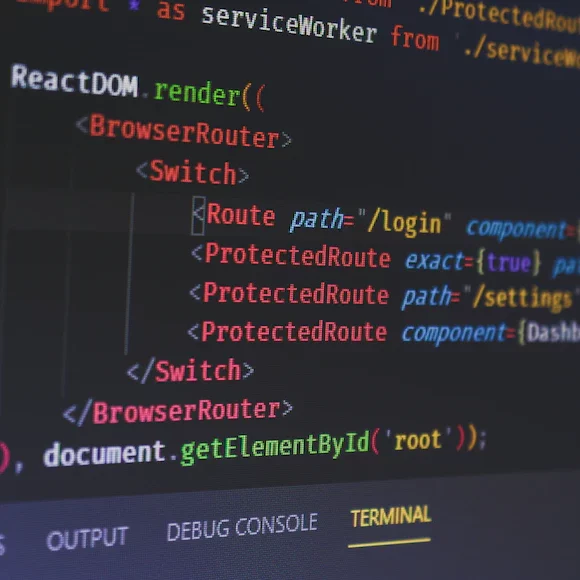"The beauty Christmas gift is not just in the box but in the sentimental it unlocks."

Christmas vibes are everywhere, making this period of time feel magical. While we’re busy with holiday preparation, finding just the right gifts for our favourite people can be a little challenging at times. This article spells out some easy to find Christmas gift ideas that work for everyone. Let’s check out some thoughtful presents, making this holiday season full of warmth, love, and joy.
Gifts for Men
- Portable Espresso Machine

Portable espresso machines are made for on-the-go use and can be used anywhere, like at work, while camping, or on road trips. They’re great for guys who are always moving around and want a good espresso wherever they are. These machines are small and simple to use, providing a handy way to have a fresh espresso without needing electricity. Men who like things easy and efficient will like how simple it is to use a portable espresso machine. Even though they’re small, many of these machines are designed to make high-quality coffee with a rich flavour and a good crema. This can be attractive to men who enjoy a good cup of coffee and want a fancy experience even when they’re not at home.
Check out the WACACO portable espresso machine. It’s really easy – just add water and coffee grounds, press the button, and there you go, your coffee is ready!
- Screen Amplifier

If he’s into football and movies, consider getting him a Screen Amplifier – it’s a great pick. The bigger screen helps reduce eye strain and tiredness from squinting or staring at small screens for a long time. This is helpful for guys who use their smartphones a lot for work or entertainment. Screen amplifiers are also perfect for sharing stuff with others, so they’re awesome for social situations or when watching videos with friends and family.
You can check out the Smartphone Screen Amplifier – it makes their phone screen four times bigger! Just unfold the lightweight screen amplifier, put the phone behind it, and hit play. It comes in different sizes, from 12 inches to 18 inches.
- Apple AirPods Max

AirPods are a go-to choice for guys who love listening to music or podcasts. With their cord-free design, these wireless wonders make physical activities a breeze, giving a more comfy and hassle-free experience.
Whether he’s working, chilling, or on the move, AirPods can do it all. They’re great for taking calls, joining virtual meetings, enjoying music, and more – a versatile and practical gift.
Consider gifting him the Apple AirPods Max for a stylish audio experience. Available in five colours. Loaded with features like Active Noise Cancellation, ultra-low distortion, and booming bass, the listening experience is top-notch.
Gifts for Women
- Cute Ceramics & Tableware

Adorable ceramics often sport delightful and visually appealing designs. The charming look of these items can level up the dining experience, adding a dash of style and beauty to the table. There’s a whole range of cute ceramics out there, including mugs, plates, bowls, and more. This variety lets you put together a collection that works for different occasions, from laid-back breakfasts to fancy dinners. The pleasure of using tableware that’s easy on the eyes can make the dining experience more enjoyable.
You can take a look at Bowerbird Ceramics for some stunning vases and other home goodies. They’ve got hand-painted pieces that are just right for Christmas gifts.
- Polaroid Camera

A Polaroid camera brings a unique perk with its ability to generate instant prints. These Polaroid prints aren’t just quick memories; they’re versatile for creative and decorative uses. Whether displayed on walls, tucked into scrapbooks, or integrated into personalised art projects, they add a personalised touch to living spaces.
Check out this Polaroid camera. It comes with five lens filters to capture various vibes, and the coolest part is, it can connect to an app on your phone.
- Sephora Beauty Gift Sets/Cards

Makeup gift sets are a fabulous choice, typically including a range of products like lipstick, eyeshadow, blush, and more. This diverse selection lets women play around with various looks, offering options for everyday wear as well as special occasions. Some sets are curated to create a complete makeup look, with products that complement each other, making it easier for women to achieve a coordinated and polished appearance.
The holiday Sephora gift sets are tempting for women, not just because of their beautiful packaging (perfect for gifting) but also for the incredible value they offer. Some sets even feature full-sized products at a fraction of the regular price.
Gifts for Kids of All Ages
- Bike or Balance Bike
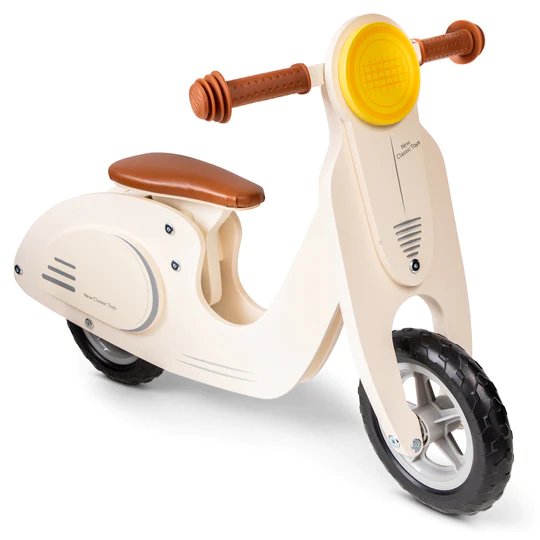
Riding a bike is a super fun and effective way for kids to get moving and stay active. It helps them develop important physical skills. Balance bikes take the spotlight in helping children learn balance skills. Riding a bike involves using a bunch of motor skills, like pedalling, steering, and braking. All of these actions help kids develop motor skills.
If your little one is aged 4 and above, consider a balance bike, like one from Little Shop. It’s a fantastic way to get them started on the joy of biking!
- Card and Board Games
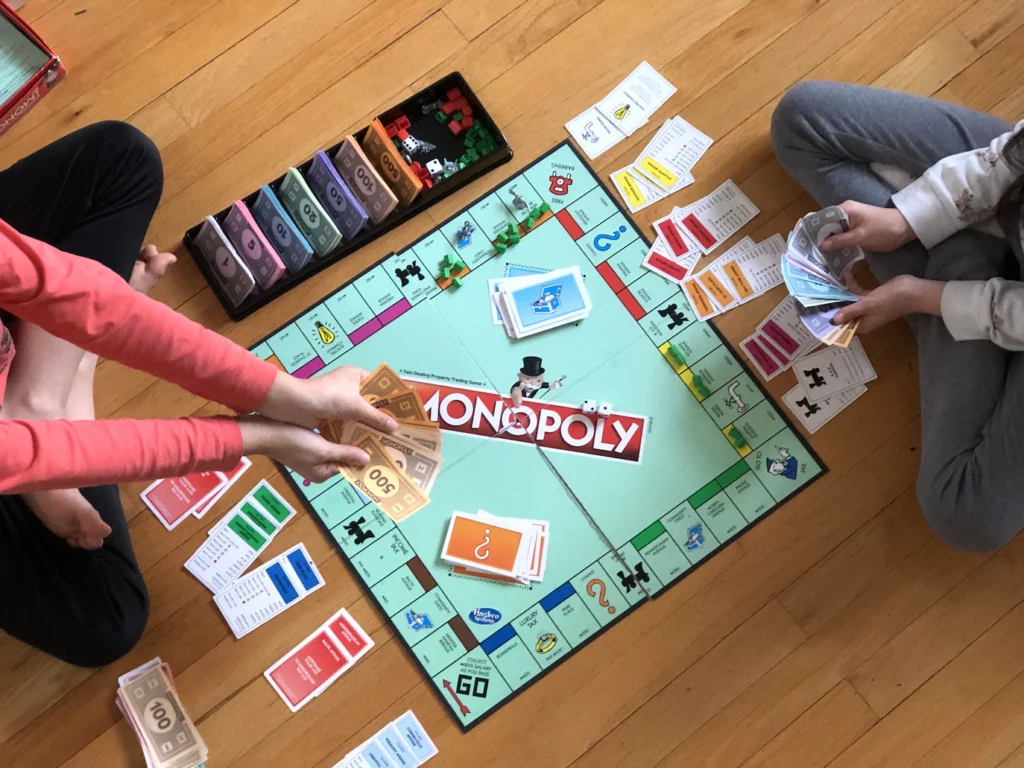
Card and board games offer more than just entertainment; they’re a fantastic way for kids to boost their thinking skills: strategic thinking, problem-solving, critical thinking, memory, and concentration all come into play when kids engage in these games.
These games become a source of enjoyable, low-stakes family bonding. Gathering around a table, sharing laughs, and creating lasting memories through the shared experience of playing games is a delightful way for families to connect.
If you’re looking for a small yet exciting stocking stuffer for kids aged 6 and above, consider games like Monopoly, Do You Really Know Your Family, Ticket to Ride, Tetris and Scrabble. They’re the perfect size to slip into that Christmas stocking for some festive fun.
- Nintendo Switch

Parents of kids aged 8 and above, the Nintendo Switch is likely to be on their Christmas wish list. The Nintendo Switch allows for multiplayer gaming, providing enjoyable family time.
If you’re considering game additions, some top picks include A Boy and His Blob, Animal Crossing, Crash Bandicoot 4, New Pokemon Snap, Mario Party Superstars, Mario Kart, Luigi’s Mansion 3, and Summer in Mara – these games are sure to be a hit with the gaming crowd!
Gifts for Helper
- Flights Home

Gifting a flight ticket home to a helper is both meaningful and practical, offering a range of benefits that contribute to their well-being and happiness. For many helpers working abroad, being away from their families poses emotional challenges.
These positive experiences can have a significant impact on their overall mental and emotional well-being. Living in a foreign country often triggers homesickness, and a flight home provides helpers with the chance to return to familiar surroundings, offering a much-needed break and helping alleviate homesickness. This thoughtful gift goes beyond the material, addressing the emotional needs of the helper and enhancing their quality of life.
- Cash Bonus

Helpers may have various financial responsibilities, such as supporting their families, paying bills, or managing personal expenses. A cash bonus can provide much-needed financial relief. A cash bonus is a tangible way to recognize and appreciate the hard work and dedication of a helper. It serves as a direct acknowledgement of their contributions to the household or workplace. Your helper will surely appreciate some extra cash, especially if they can send it to their family back home in case they can’t visit them. Giving cash along with a thoughtful card and maybe some flowers or a box of chocolates is always a nice gesture.
3. Skin & Body Care Sets

A skin and body care set is a thoughtful gift, usually containing items like lotions and body wash. This collection encourages the helper to carve out time for themselves, fostering a sense of well-being and stress relief.
A notable brand like Bath & Body Works is an excellent choice due to its vibrant, festive packaging and delightful-smelling bath products.











